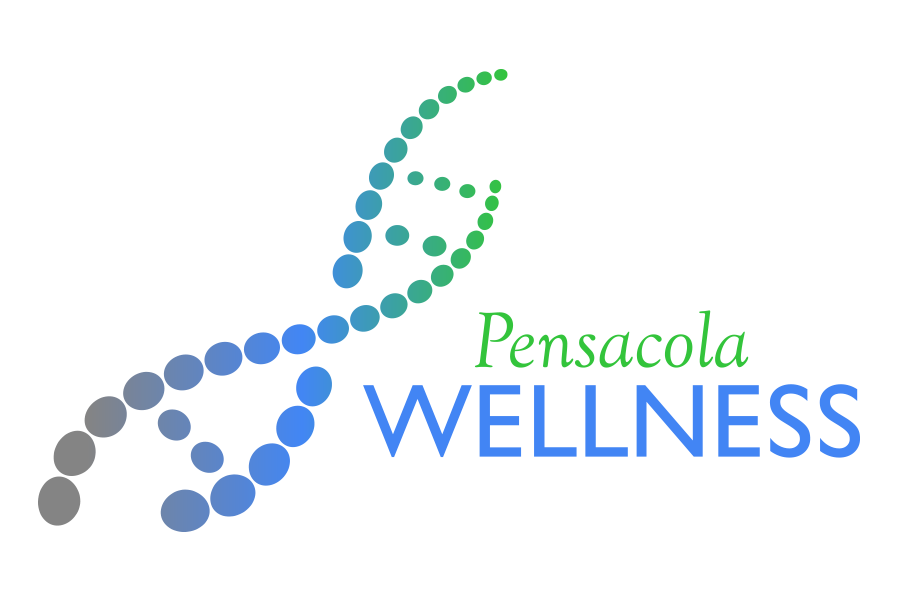Boost Immunity, Fight Aging and Disease
From a nutritional standpoint, foods high in antioxidants are a most logical place to start. Editor’s Note: USDA scientists analyzed antioxidant levels in more than 100 different foods, including fruits and vegetables. Each food was measured for antioxidant concentration as well as antioxidant capacity per serving size. Cranberries, blueberries, and blackberries ranked highest among the fruits studied. Beans, artichokes, and Russet potatoes were tops among the vegetables. Pecans, walnuts, and hazelnuts ranked highest in the nut category. USDA chemist Ronald L. Prior says the total antioxidant capacity of the foods does not necessarily reflect their health benefit. Benefits depend on how the food’s antioxidants are absorbed and utilized in the body. Still, this chart should help consumers trying to add more antioxidants to their daily diet.
| Rank | Food Item | Serving Size | Total antioxidant capacity per serving size |
| 1 | Small Red Bean (dried) | Half cup | 13,727 |
| 2 | Wild blueberry | 1 cup | 13,427 |
| 3 | Red kidney bean (dried) | Half cup | 13,259 |
| 4 | Pinto bean | Half cup | 11,864 |
| 5 | Blueberry (cultivated) | 1 cup | 9,019 |
| 6 | Cranberry | 1 cup (whole) | 8,983 |
| 7 | Artichoke (cooked) | 1 cup (hearts) | 7,904 |
| 8 | Blackberry | 1 cup | 7,701 |
| 9 | Prune | Half cup | 7,291 |
| 10 | Raspberry | 1 cup | 6,058 |
| 11 | Strawberry | 1 cup | 5,938 |
| 12 | Red Delicious apple | 1 whole | 5,900 |
| 13 | Granny Smith apple | 1 whole | 5,381 |
| 14 | Pecan | 1 ounce | 5,095 |
| 15 | Sweet cherry | 1 cup | 4,873 |
| 16 | Black plum | 1 whole | 4,844 |
| 17 | Russet potato (cooked) | 1 whole | 4,649 |
| 18 | Black bean (dried) | Half cup | 4,181 |
| 19 | Plum | 1 whole | 4,118 |
| 20 | Gala apple | 1 whole | 3,903 |
What is common about these anti-oxidants is the vitamin makeup. The vitamins are where the chemical benefits lie. The three major antioxidant vitamins are beta-carotene, vitamin C, and vitamin E. You’ll find them in colorful fruits and vegetables; especially those with purple, blue, red, orange, and yellow hues. To get the biggest benefits of antioxidants, eat these foods raw or lightly steamed; don’t overcook or boil. Beta-carotene and other carotenoids: Apricots, asparagus, beets, broccoli, cantaloupe, carrots, corn, green peppers, kale, mangoes, turnip and collard greens, nectarines, peaches, pink grapefruit, pumpkin, squash, spinach, sweet potato, tangerines, tomatoes, and watermelon Vitamin C: Berries, broccoli, Brussels sprouts, cantaloupe, cauliflower, grapefruit, honeydew, kale, kiwi, mangoes, nectarines, orange, papaya, red, green or yellow peppers, snow peas, sweet potato, strawberries, and tomatoes Vitamin E: Broccoli, carrots, chard, mustard and turnip greens, mangoes, nuts, papaya, pumpkin, red peppers, spinach, and sunflower seeds Other super foods that are rich in antioxidants include:
- Prunes
- Apples
- Raisins
- All berries
- Plums
- Red grapes
- Alfalfa sprouts
- Onions
- Eggplant
- Beans
- Zinc: Found in oysters, red meat, poultry, beans, nuts, seafood, whole grains, fortified cereals, and dairy products
- Selenium: Found in Brazil nuts, tuna, beef, poultry and fortified breads, and other grain products
For optimal health and immune functioning, you should eat the recommended dietary allowance (RDA) of the antioxidant vitamins and minerals. That’s the amount of a vitamin or nutrient that you need to stay healthy and avoid a deficiency. Here are the RDAs for some antioxidants: Zinc: 11 milligrams for men, 8 milligrams for women; if you are a strict vegetarian, you may require as much as 50% more dietary zinc. That’s because your body absorbs less zinc when you have a diet rich in plant-based foods. Selenium: 55 micrograms for men or women Beta-carotene: There is no RDA for beta-carotene. But the Institute of Medicine says that if you get 3 to 6 milligrams of beta-carotene daily, your body will have the levels that may lower risk of chronic diseases. Vitamin C: 90 milligrams for men, 75 milligrams for women; smokers should get extra vitamin C: 125 milligrams for men and 110 milligrams for women. Vitamin E: 15 milligrams for men and women
